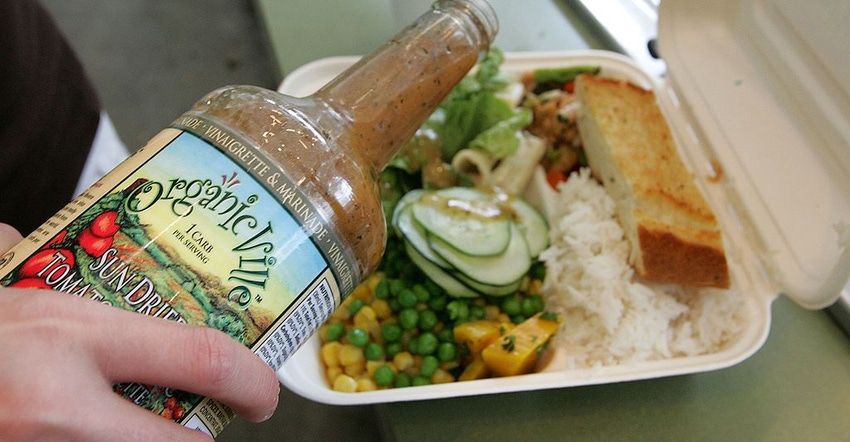December 12, 2016

When I see tremendous efforts from a culinary department but little customer messaging, I think of the adage of the falling tree in a forest. Does it make a sound if no one is there to hear it? Just as the sound doesn’t exist without an ear to translate the sound waves, foodservice offerings don’t sing without a shared story. Without it, a potential consumer might never know the skill and thoughtfulness that go into your menu and simply pass it by. I recently worked for an operation that used all organic and non-GMO ingredients, and sourced local dairy products from cows never treated with antibiotics and hormones. The well-prepared meats and cold cuts were all made in-house from the same quality ingredients.
Problem was, no one would ever know this. The department nearly failed because the prices were much higher than traditional markets. The ingredients were more expensive, yet all the customer saw was expensive food.
Help customers understand the effort that goes into your finished product and why you go the extra mile.
Every deli tells a story
All of us in retail know that establishing an individual identity is dependent on telling a clear story about our product mix. The result will cause customers to fully appreciate what they purchase from us. It doesn’t matter whether it’s a piece of fruit, coffee beans or chef-prepared foods. The difference is, telling the story about prepared foods is much more complex than disclosing the origin of a seasonal fruit. This is why the marketing department is an integral part of the success of almost every major company I work with. And these messages aren’t simply for the benefit of millennial shoppers either. Universally, people want to know many things about their choice when they place something in their basket.
Even a simple salad tells a story with dozens of chapters. Just consider the ingredients alone; it might have more than 20. Although many are simple stock ingredients, others may be from an heirloom species of grains; the fat used in a recipe may be from sustainably harvested coconuts; or dairy may be from cows not treated with growth hormones and antibiotics. You may want a customer to know that the greens were from a local farm or the chopped eggs came from cage-free chickens.
How the story emerges
I always study a company’s mission statement when I begin a menu engineering project. Your culinary prepared foods program is one of the most visually telling examples of your store’s reason for being. If you have a glass deli case, which most stores do, the finished product you are offering tells a story before any signage is even placed.
An entire story does not need to appear on a deli sticker or packaging, but your story somehow has to appear within each department and be echoed on the finished menu item that leaves the store.
For example, if your company is dedicated to a healthier planet and adopts more sustainable practices, then your cuisine needs to reflect more plant-forward items, nutrient-dense menu choices and proteins that are sourced carefully and raised with care. This means that not only does the procurement department have to be involved, but the kitchen has to follow through on its end, and then the signage and packaging needs to broadcast this to your customers.
Sign of the times
Signage is a strong visual of your story. Many places I work for now use digital signage to communicate their message. Although it’s more expensive than blackboards and other forms of signage, it allows flexibility and control of your message. Your company probably has a "look" already, but the prepared foods department can have its own identity and look to fit your branding. If starting a prepared foods department for the first time, pay special attention to the font and menu badges that indicate things like vegetarian items, gluten free, local, etc. Consider separate menu boards that talk about your local vendor partners, suppliers, ingredients that you’re especially proud of or anything that you think will influence a customer’s purchase decision.
Make sure that the signs are large enough and can be read easily from where a customer stands and orders. Although this sounds obvious, I have seen this go wrong on many occasions.
So, the moral of the story here is that storytelling will enhance the shopping experience of your prepared foods. It can bring food to another level completely. In other words, if you’ve got it, flaunt it.
About the Author(s)
You May Also Like
.png?width=700&auto=webp&quality=80&disable=upscale)




